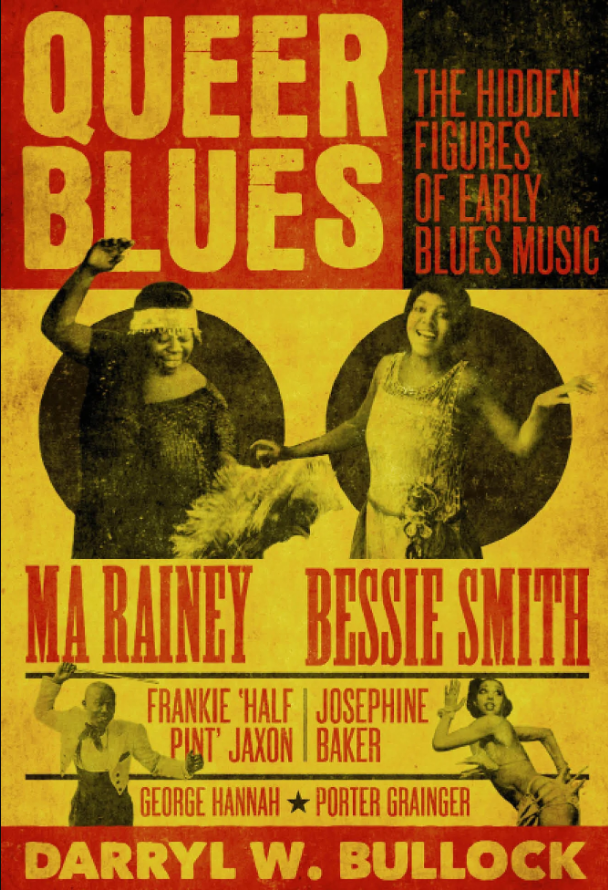
DARRYL W. BULLOCK – Queer Blues: The Hidden Figures of Early Blues Music
- by J.N.
- Posted on 20-02-2024
BAND URL: https://omnibuspress.com/products/queer-blues-the-hidden-figures-of-early-blues-music-published-6th-july-2023?_pos=1&_sid=c7511005c&_ss=r
The immensely talented author Darryl W. Bullock composed one of the best books of 2021 in the shape of Velvet Mafia, and its follow-up titled Pride, Pop and Politics (2022) was yet another thought-provoking and illuminating study of the LGBQT community in relation to British music history, culture, and society at large. The way in which Bullock weaves different stories and narratives together with various strands of thought and keen observations in such an effortless and convincing manner is more than just admirable; it is inspired and makes for a fantastic read. On top of that, there is nothing derivative about his written works.
Published last year via the fabulous Omnibus Press, Queer Blues is something else entirely yet perfectly related to the author’s aforementioned outputs, namely in that it focuses on old blues artists and musicians who were active in the 1920s and 1930s and who either openly or covertly performed and churned out songs carrying ideas and themes relating to queer living. Numerous examples of tunes containing lyrics that were anything but conventional considering the day and age in which they were written are uncovered and examined, which casts an innovative and fascinating light on a vital musical era and just how controversial and outright rebellious it truly was. Due to their homo-erotic undertones the term “dirty blues songs” came into existence and rears its head on more than one occasion throughout Bullock’s tome, and the relevance and impact as well as uplifting, life-affirming qualities and aspects of those compositions cannot be overstated. Entertainers such as Bessie Smith and George Hannah were pioneers and paved the way for future generations in so many ways, and the strong relations between early blues and LGBTQ history as well as the the fact that many members of the audience were in the know as to what these charmingly outlandish tracks aimed to convey make for some wild stories and funny anecdotes. On the other hand there were the immense challenges as well as the scorn that several of these performers and their listeners were subjected to, and some were more or less living as outcasts in an intolerant society – all of which is covered by the author in brilliant detail.
As much as I enjoyed Bullock’s innovative and interesting approach to the subject matter (and as much as I cherish his superb way of illustrating how the blues and the LGBTQ community intersected), I did find a few of the arguments and points of view outlined in the book somewhat vague and diffuse, or lacking in conviction, if you will. In the clear retrospective gaze of history, a small selection of the song material discussed throughout Queer Blues may well have been crafted for pure shock value rather than embodying any meaningful motif or message intended for the LGBTQ audience to absorb.
Queer Blues is incredibly well-composed and perfectly captures the life and times of Josephine Baker, Porter Grainger, and Ma Rainey among many others while also conjuring up the sweaty, exciting, beer-soaked, and raunchy atmosphere of the old dance halls, bars, and clubs of a bygone age. There is plenty of depth to this one in the overall perspective.
